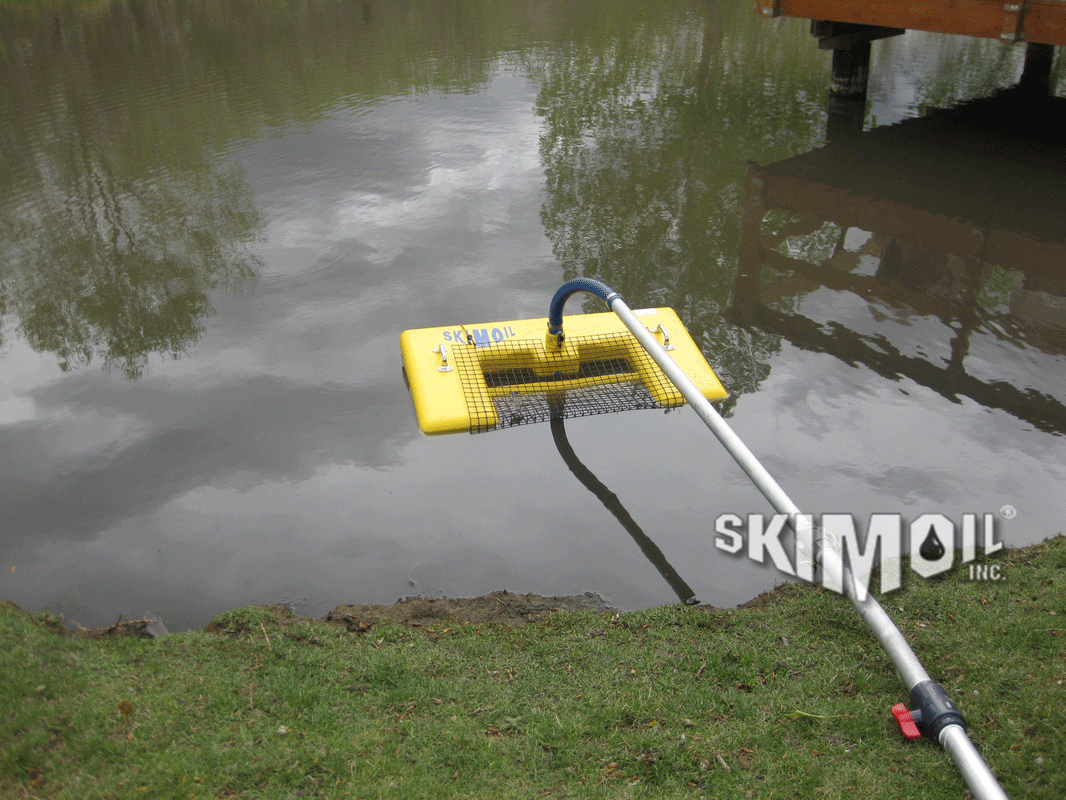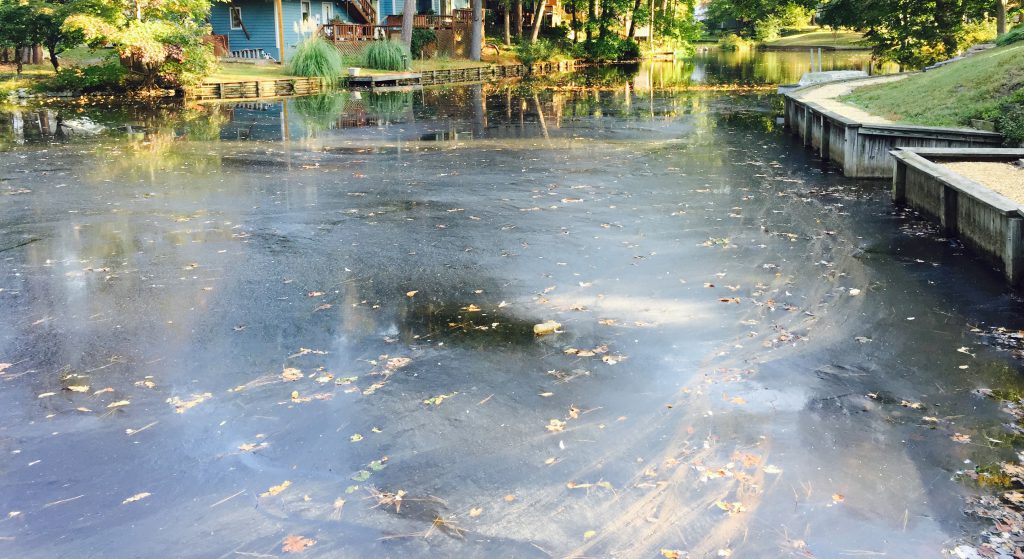Oil spills can have devastating effects on aquatic ecosystems, including ponds. When oil contaminates pond water, it can harm aquatic life and disrupt the delicate balance of the ecosystem. Removing oil from pond water is crucial to protect the environment and ensure the health of the pond ecosystem. In this article, we will explore effective methods to remove oil from pond water.

Credit: www.skimoil.com
1. Skimming
Skimming is one of the most common methods used to remove oil from pond water. This method involves using a skimmer or absorbent materials to collect the oil from the surface of the water. Skimmers are designed to skim the oil off the water’s surface, while absorbent materials like pads or booms can soak up the oil.
How To Skim Oil From Pond Water:
- Deploy a skimmer or absorbent materials on the surface of the pond water.
- Allow the skimmer or absorbent materials to collect the oil.
- Remove the skimmer or absorbent materials from the water and dispose of the collected oil properly.
2. Bioremediation
Bioremediation is a natural and environmentally friendly method to remove oil from pond water. This method involves using microorganisms to break down and metabolize the oil contaminants in the water. Microorganisms like bacteria and fungi can consume the oil and convert it into harmless byproducts.
How To Use Bioremediation To Remove Oil:
- Introduce oil-eating microorganisms into the pond water.
- Monitor the bioremediation process to ensure the effective breakdown of oil.
- Provide optimal conditions for the microorganisms to thrive and metabolize the oil.

Credit: www.solitudelakemanagement.com
3. Absorbent Materials
Absorbent materials like activated carbon, peat moss, or clay can be used to absorb oil from pond water. These materials have a high affinity for oil and can effectively bind to the oil molecules, removing them from the water. Absorbent materials can be deployed in the pond to absorb oil contaminants.
How To Use Absorbent Materials To Remove Oil:
- Spread the absorbent materials over the surface of the pond water.
- Allow the materials to absorb the oil from the water.
- Remove the saturated materials from the water and dispose of them properly.
4. Aeration
Aeration is another effective method to remove oil from pond water. Aeration involves adding oxygen to the water to stimulate the breakdown of oil contaminants. By increasing the oxygen levels in the water, aerobic bacteria can thrive and break down the oil through natural processes.
How To Aerate Pond Water To Remove Oil:
- Install an aeration system in the pond to increase oxygen levels.
- Monitor the dissolved oxygen levels to ensure optimal conditions for oil breakdown.
- Allow the aeration system to run to facilitate the natural degradation of oil contaminants.
5. Chemical Dispersants
Chemical dispersants can be used as a last resort to remove oil from pond water. Dispersants work by breaking down oil into smaller droplets, making it easier for natural processes to disperse and degrade the oil. However, the use of chemical dispersants should be carefully considered due to potential environmental impacts.
How To Use Chemical Dispersants To Remove Oil:
- Apply the chemical dispersants to the contaminated areas of the pond water.
- Allow the dispersants to break down the oil into smaller droplets.
- Monitor the effectiveness of the dispersants and follow proper guidelines for their use.
Conclusion
Removing oil from pond water is essential to protect aquatic life and preserve the health of the ecosystem. By using methods like skimming, bioremediation, absorbent materials, aeration, and chemical dispersants, oil contamination in pond water can be effectively managed. It is important to choose the most suitable method based on the extent of the oil contamination and environmental considerations. With proper intervention, oil spills in ponds can be mitigated, safeguarding the natural balance of the ecosystem.




